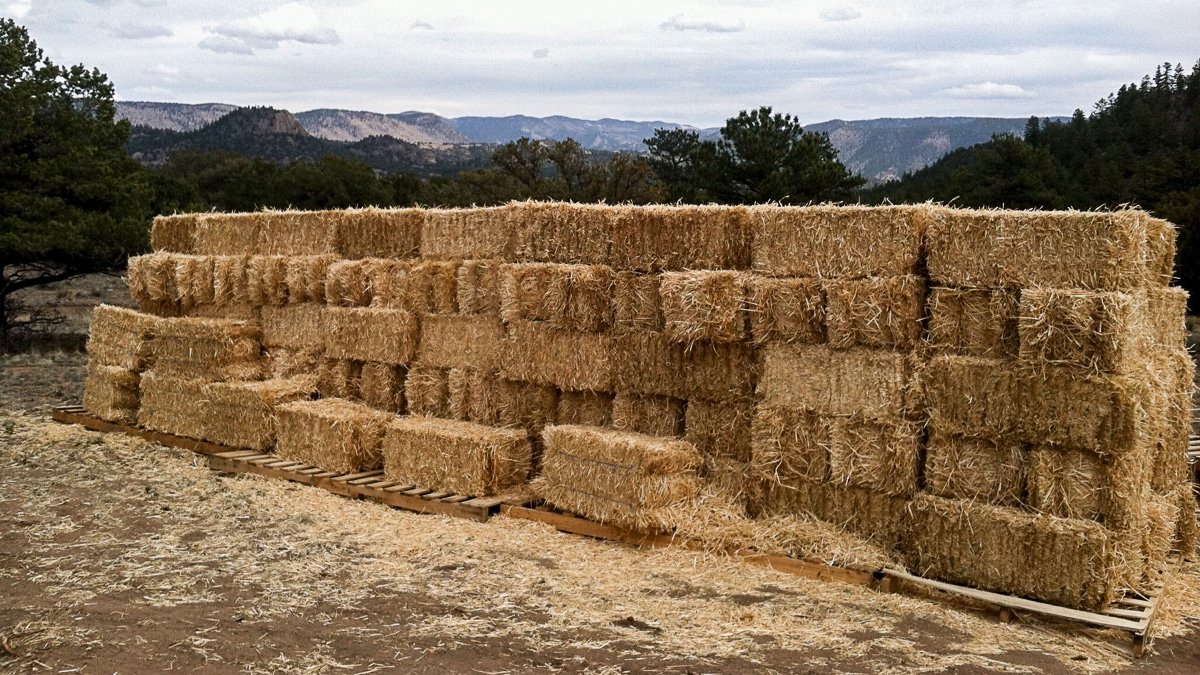Straw Bale House Calculator
Planning your build? Let’s figure out how many bales you’ll need.Once you’ve got your design nailed down, the next step is figuring out materials—and that’s where a straw bale house calculator comes in handy. As part of your estimating process, knowing how many bales your design will need is an important number to have on hand.
There are a few different ways to calculate bale requirements, but we’ve built a free tool that follows the method we use most often.
How to Calculate Straw Bales
See how the calculation works and choose your method.-
A quick way to estimate your bale count is to use your home’s square footage and roof design. This works best for simple, box-shaped homes. Complex designs with curves or bump-outs will need more bales.
-
For a more accurate estimate, calculate using your total wall surface area:
• Measure the total lineal feet of straw bale walls and multiply by the wall height.
• Subtract window and door openings.
• Add gable ends (half the building width × gable height).
• Divide by the surface area of one bale (a 14" × 36" bale covers about 3.5 sq. ft.).This gives you a reliable baseline for ordering materials.
-
No matter which method you use, add at least 10% more bales to your total. This covers cuts, shaping, and imperfect bales. At about $5 each, a few extras are cheap insurance—and can later be used for mulch, garden seating, or landscape walls.
Ready to Take the Next Step?
Learn more about building with straw bales and hands-on skills you can use in your own home.

